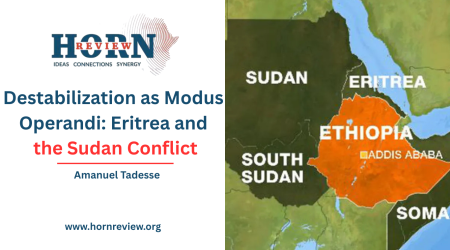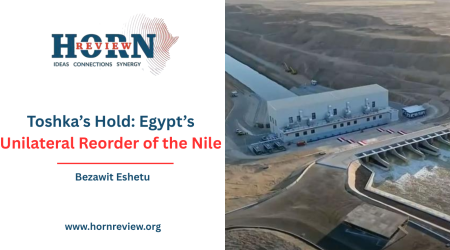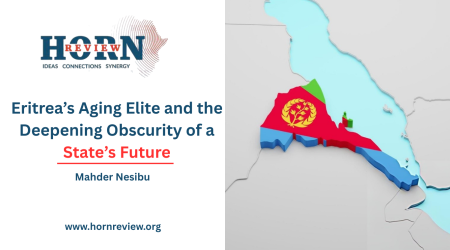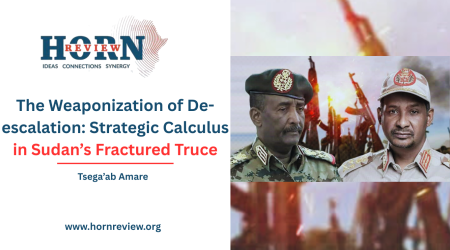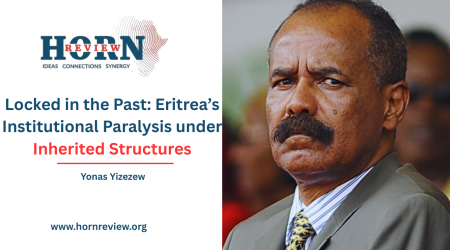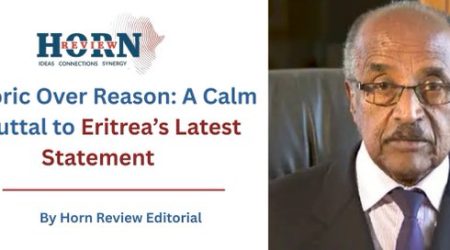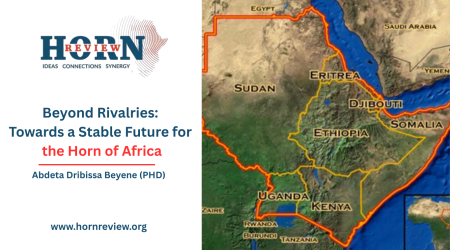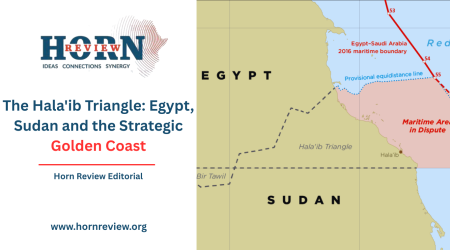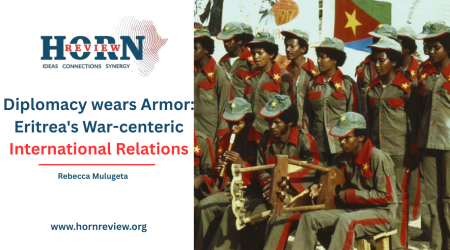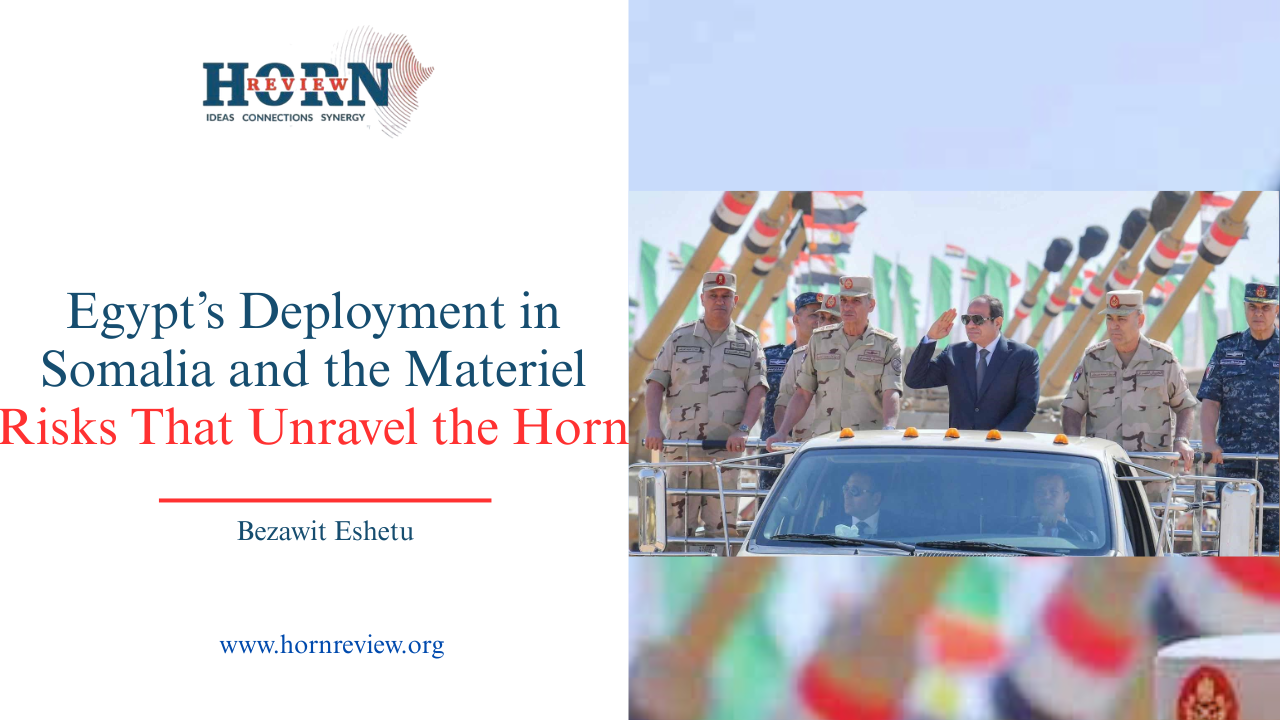
24
Oct
Egypt’s Deployment in Somalia and the Materiel Risks That Unravel the Horn
Egypt’s 2025 deployment to Somalia under the African Union Support and Stabilization Mission, known as AUSSOM, marks a pronounced shift in regional intervention dynamics and invites comparison with earlier great power campaigns. Officially framed as counterterrorism and stabilization support, the deployment must be read against an immediate sequence of diplomatic and military moves that transform Somalia into a setting for broader strategic competition.
The diplomatic and military sequence that enabled the deployment itself matters for understanding how quickly the strategic environment shifted. Ethiopia’s January 2024 memorandum of understanding with Somaliland opened the prospect of Addis Ababa gaining Red Sea access and triggered rapid political realignments in Mogadishu. Egyptian military shipments began arriving in late 2024; the African Union Peace and Security Council authorized the transition to AUSSOM, and the United Nations Security Council provided formal endorsement. Those approvals did more than legalize operations: they signaled strategic urgency to regional capitals and international backers and unlocked the logistics and funding necessary for a sustained presence.
Egypt’s public rationale emphasizes support for Mogadishu against Al-Shabaab and capacity building under an AU mandate. However, deeper strategic motivations are evident. Concerns about the Grand Ethiopian Renaissance Dam and Ethiopia’s expanding maritime footprint have long shaped Egyptian policy toward the Horn. A sustained security presence in Somalia offers Cairo a durable counterweight to Addis Ababa and additional leverage in broader diplomatic contests. Thus, embedding forces within AUSSOM serves multiple objectives simultaneously: strengthening ties with Mogadishu, securing influence over maritime approaches, and attempting to limit Ethiopia’s ability to convert Nile development into economic and diplomatic power.
Turning intent into action, the mission’s reported operational design highlights both scope and risk. An initial AUSSOM contingent of roughly 1,091 troops and trainers could expand through bilateral agreements to as many as 10,000 personnel. Units are slated to operate across central provinces and in zones bordering Ethiopia with mandates combining counterinsurgency, consolidation of retaken territory, and training of Somali forces. Those force mixes will interact with Somalia’s clan-based governance, complicate command and control, strain interoperability with other foreign contingents, and create seams where weapons, vehicles, and sustainment materiel can be lost, stolen, or diverted.
Political friction shaped that operational patchwork. Mogadishu initially resisted Ethiopian participation because of the Somaliland agreement, which opened space for Egyptian forces to fill capability gaps. A Turkey-mediated accommodation in December 2024 led Somalia to accept Ethiopian inclusion and the African Union to ratify the arrangement. Ethiopia has lodged formal diplomatic objections and warned of destabilizing externalities through regional forums such as IGAD, yet it has prioritized de-escalation over confrontation while maintaining selective bilateral security cooperation in Somalia.
The danger of materiel diversion is concrete and historically grounded. When state repositories or convoys are contested, battlefield dynamics change profoundly. For instance, In Iraq in 2014, ISIS’s rapid capture of Mosul and nearby bases yielded vast stockpiles of materiel, including thousands of armored vehicles, large quantities of ammunition, and cash. Those gains enhanced ISIS’s mobility, sustainment, and logistics, enabling swift territorial expansion and resistance that required a major multinational campaign to reverse. Similarly, in Afghanistan in 2021, the collapse of Afghan security forces during the U.S. withdrawal left significant quantities of weapons and equipment exposed and often captured by the Taliban. This reinforced the Taliban’s nationwide control, strengthened their logistical networks, and complicated international engagement.
If the current trajectory of over-securitization, opaque materiel transfers, and proxy competition persists, the Horn could suffer long-term structural consequences analogous to Iraq and Afghanistan. These include entrenched patron-client networks, prolonged cycles of violence, cross-border proxy wars, and degraded governance that constrains development and geopolitical stability.
Applying the lessons to Somalia yields a sober prospect. When foreign deployments increase materiel flows without robust, accountable custody arrangements can lead to looted convoys, contested depots, and diversion of equipment to militias or insurgents. This would amplify Al-Shabaab or empower clan forces that contest state authority. Recent attacks on convoys and documented weapons seizures underline that this danger is real.
The October 4, 2025 attack on the Godka Jilacow prison in Mogadishu exemplifies the operational and political costs of blurred security identities. Attackers used a vehicle marked with Somali intelligence insignia, posed as security personnel and executed a prolonged assault. This revealed tactical sophistication and the challenges of ambiguous armed authority. Somali authorities responded by tightening controls on unmarked vehicles and unidentified armed personnel, necessary measures that nonetheless address symptoms rather than structural drivers of insurgent mimicry.
Materiel diversion risks extend beyond inland battlefields. If insurgents or militias seize weapons, vehicles, spare parts, or sustainment expertise at scale, they can project force into littoral zones such as the Bab el-Mandeb and the southern Red Sea. That would threaten shipping routes approaching the Suez Canal and cause economic blowback for Egypt through fewer transits, higher freight and insurance costs, and lower canal revenues. The stakes are concrete: roughly 14% of global maritime trade and about 30% of containerized trade pass through the Red Sea corridor.
Past disruptions show the cost. When traffic detoured around the Cape of Good Hope, voyages lengthened, fuel bills rose, and insurance premiums spiked. For Egypt, where Suez Canal receipts are a significant fiscal resource, repeated or prolonged slowdowns would inflict budgetary and macroeconomic pain while worsening global supply-chain delays and raising costs for importers and exporters.
These sea-borne risks are magnified by the Horn’s existing networks of arms trafficking and porous borders. Capture of sustainment materiel not only increases militant firepower but also mobility, endurance, and cross-border projections. Operationally, that raises the likelihood of attacks on commercial traffic, naval harassment, and episodic closures or slowdowns that ripple through global trade. Economically, it reduces predictable canal revenue and raises costs for regional trade dependent on timely maritime transit. Both consequences create strategic leverage for actors able to control or threaten chokepoints and convert local security failures into international economic shocks.
Beyond operational threats, poorly managed deployments produce diplomatic ripple effects that jeopardize development partnerships. Turkey, for instance, has invested more than $1 billion in Somalia since 2011 and maintains significant stakes by operating parts of Mogadishu’s port and airport, building hospitals and schools, training Somali forces, and holding a ten-year defense pact focused on rebuilding the navy. Any instability tied to foreign deployments could directly jeopardize these Turkish-backed projects and other commercial and development partnerships.
The situation becomes particularly sensitive when Egyptian actions are involved. Egypt and Turkey have recently pursued a pragmatic rapprochement, expanding naval cooperation and trade while coordinating on shared concerns such as Red Sea security and the Gaza crisis. Nevertheless, competition for influence in the Horn of Africa persists, as Turkey’s commercial and energy initiatives sit alongside Egypt’s troop deployments. If operations are perceived to threaten Turkish interests the fragile thaw between Cairo and Ankara could be tested.
Preventing such outcomes requires institutional safeguards to be the default condition of engagement. African Union custody of transferred assets and enforceable end-use monitoring backed by transparent reporting should be central to any transfer regime. Logistics planning must be synchronized among contributors and tied to accountability benchmarks that Somali institutions can realistically meet. Transfers should be conditional on demonstrable improvements in oversight, anti-corruption measures, and civilian control of security forces. These are practical requirements for preventing short-term tactical gains from becoming long-term liabilities.
Multilateralism must be operational rather than rhetorical. The African Union, the United Nations, regional organizations, and bilateral partners need a joint mechanism to vet sustainment chains, audit depots, and investigate seizures in real time. That mechanism should include representation from external stakeholders with commercial interests in Somalia. This would shield development projects and private investments from the externalities of securitized deployments.
Ultimately, the Horn faces a stark choice: replicate the short-term, securitized responses seen in Iraq and Afghanistan, which win immediate tactical gains but risk multi-decade damage to state capacity, regional order, and human security, or reorient policy toward strategic patience, multilateral oversight, and political solutions that strengthen Somali sovereignty and legitimacy. Military capacity can create the space for a political settlement, but it cannot substitute for inclusive governance that addresses root grievances and builds local legitimacy.
Unchecked over-securitization and unilateral force projection will likely reproduce these patterns, producing a long-term security deficit that could shape political and economic trajectories for decades. The prudent course is clear: condition assistance on enforceable accountability, synchronize logistics and custody arrangements under multilateral institutions, and prioritize long-term institution-building over short-term force accumulation. Only durable political solutions, not temporary military fixes, will secure a stable, prosperous Horn.
By Bezawit Eshetu, Researcher, Horn Review

